While shopping online isn’t going anywhere, neither is buying items in-store. According to a 2022 Epsilon survey, half of respondents rely on online shopping for research, but plan on buying items in-store when they’re ready to make a purchase — especially for retail items like clothing.
If consumers are shopping online and buying in-store, they’ll need to know which retailers are located nearby. Think about the first thing you usually do when ordering out: Look up restaurants near you. Once you do that, you’ve likely opened the restaurant name and found what is known as their Google Business Profile.
Here’s what you need to know about Google My Business, why you need it and how to set it up.
What is Google My Business?
Google My Business is now known as Google Business Profile. It’s a small frame of information about your business including the industry, where it’s located, ratings, comments and pictures. It’s a totally free feature on Google that allows you to promote your company so customers can find you.
With this easy-to-use feature, you can update your profile at any time, connect with consumers and monitor how past clients have interacted with the brand.
What is the Value of a Profile?
Setting up a Google Business account is just one way to connect with customers that can make a huge impact. It doesn’t only serve as a way to find your business (although this is a big part) — it can also allow customers to know:
- Your hours of operation.
- How others felt about their purchase at your store.
- Exactly where on the map you’re located.
- Where to leave a comment about their experience.
From your Google Business Profile, customers can call you directly to set a reservation, make an appointment, ask questions and otherwise engage with other consumers. It’s the easiest way to attract and convert customers without creating an outright ad or pulling from your marketing fund.
Subscribe to
The Content Marketer
Get weekly insights, advice and opinions about all things digital marketing.
Thank you for subscribing to The Content Marketer!
Who Would Set Up A Profile?
Anyone with a business should set up a profile! It’s quick and easy to do (you’ll see that soon enough). And there’s no downside to identifying your business on a map, adding some information and actively connecting with customers who need your goods or services.
This is a form of local search engine optimization (SEO), or keyword research based on your immediate geographic location. HubSpot Marketing Statistics for 2022 found that 72% of consumers that conducted a local search ended up visiting a location within 5 miles.
Creating a business profile on Google My Business is for anyone that wants to attract customers to their local storefront, optimize for local searches or drive more traffic and sales.
How to Set Up a Google My Business Profile
Now that you have an understanding of the marketing potential for Google Business Profile, I’m sure you’re eager to set yours up. We’ll walk you through a few steps to create your profile and some tips on making it work best for your needs.
1. Visit google.com/business
This is where you will either sign into your business email account or create a new profile.
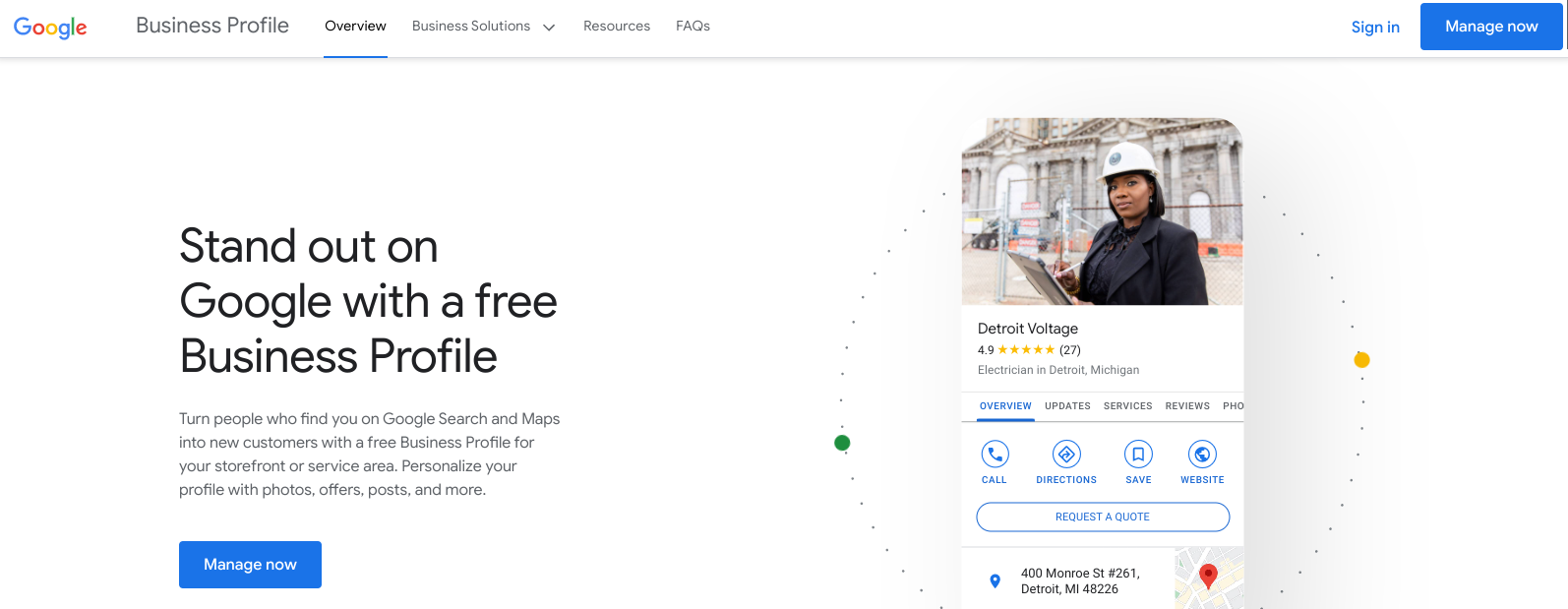
2. Enter Your Business Name
This is your one attempt at letting Google know the name of your business. Spell it exactly as it appears on your website. Whether that means all caps, title case or something in between, make sure you’ve captured your business name correctly.
If you change your business name after requesting a verification letter, you can always edit it. Just keep in mind you must verify your business again.
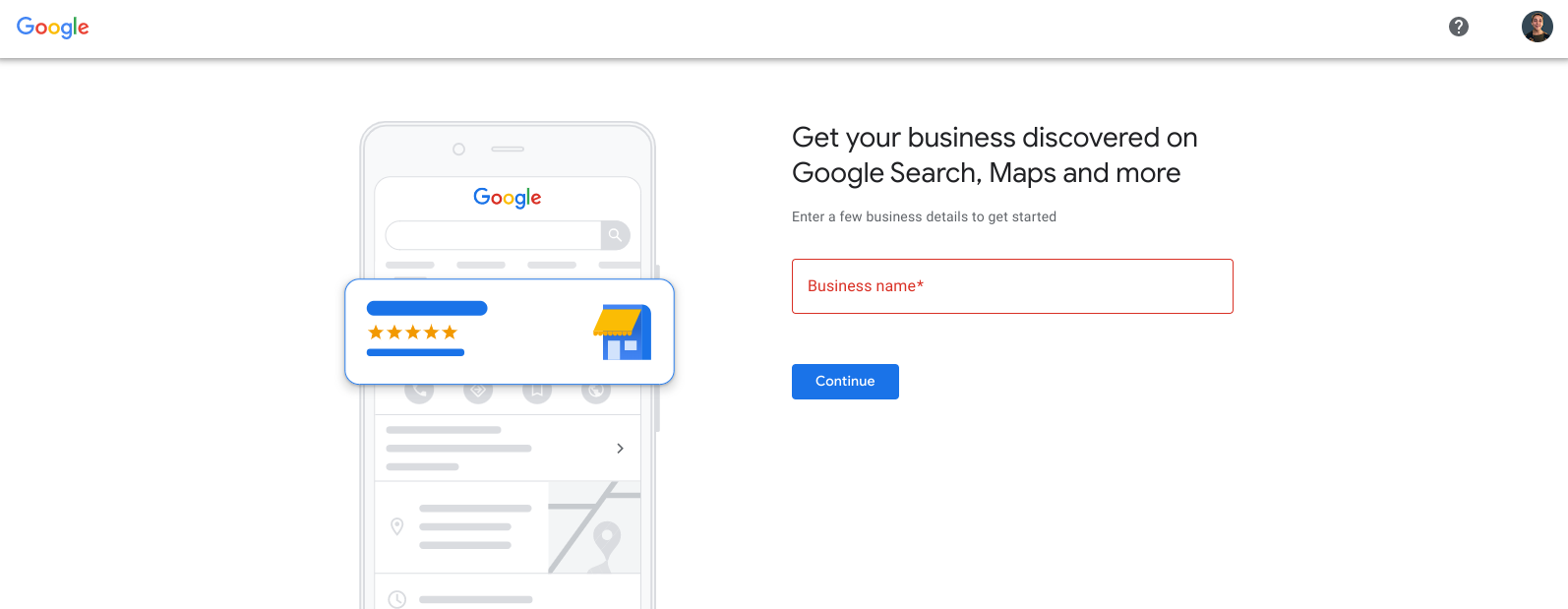
3. Choose Your Business Type
On the next page, you’ll tell Google a little about how your business operates. Choose whether your company only sells products online, in-store or if you bring the offer to their homes. You can choose more than one option here.
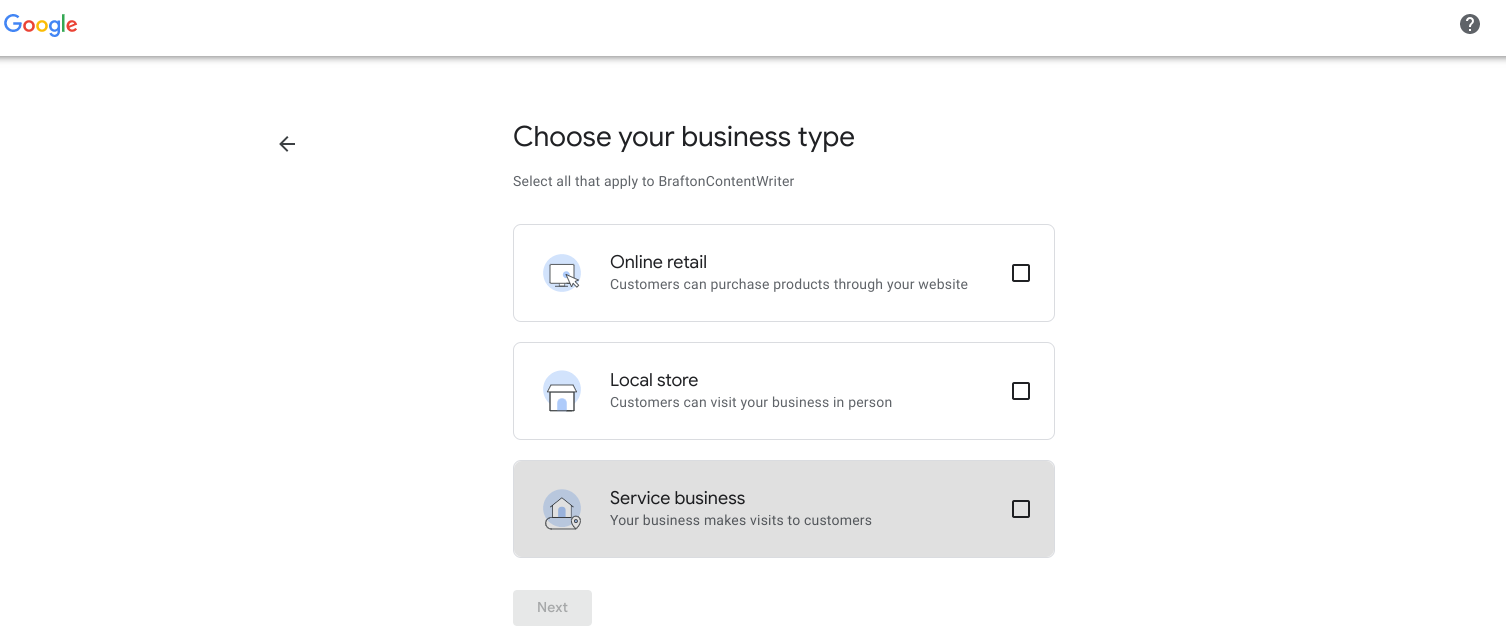
4. Insert Your Web Address
People need to know if your business exists online so they can shop further, get to know your brand more and glean further information. Again, you must input your web address accurately. However, if you don’t have an online presence, you can skip this piece.
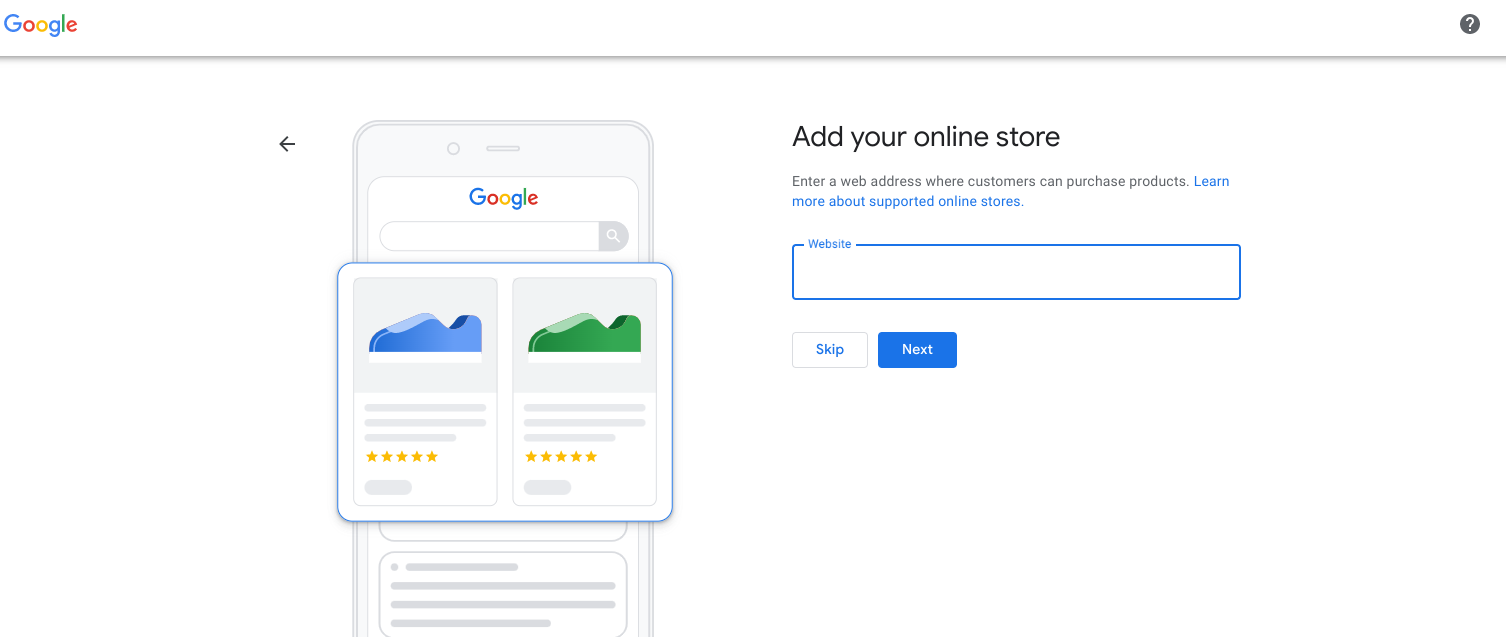
5. Enter Your Business Category
This phase is where you’ll identify the industry you work in. They have many variations of the same keyword here, so you have space to type in whatever fits the closest — but it must fall within a pre-determined keyword. You can change this to anything else in the future.
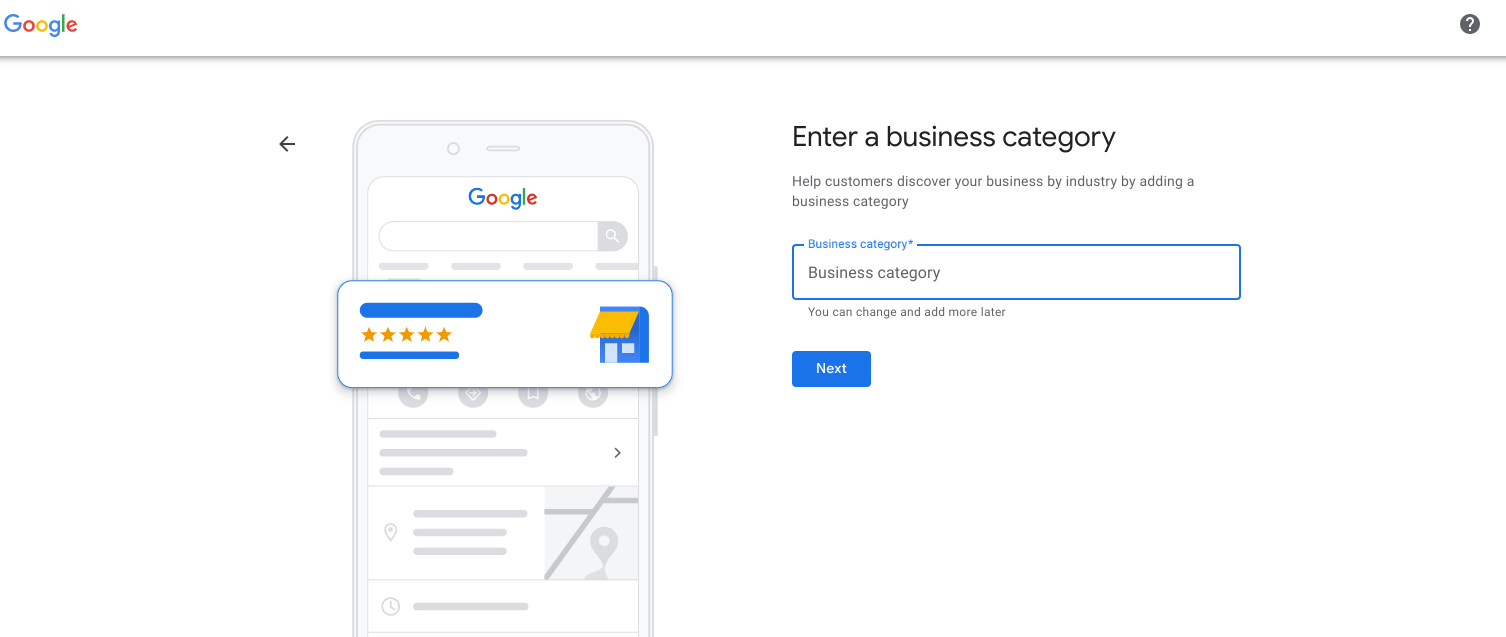
6. Add Your Address and Phone Number
This is the whole name of the game here, where you put in your address and phone number. If your business visits customers, you can put in your company’s PO Box address as well.
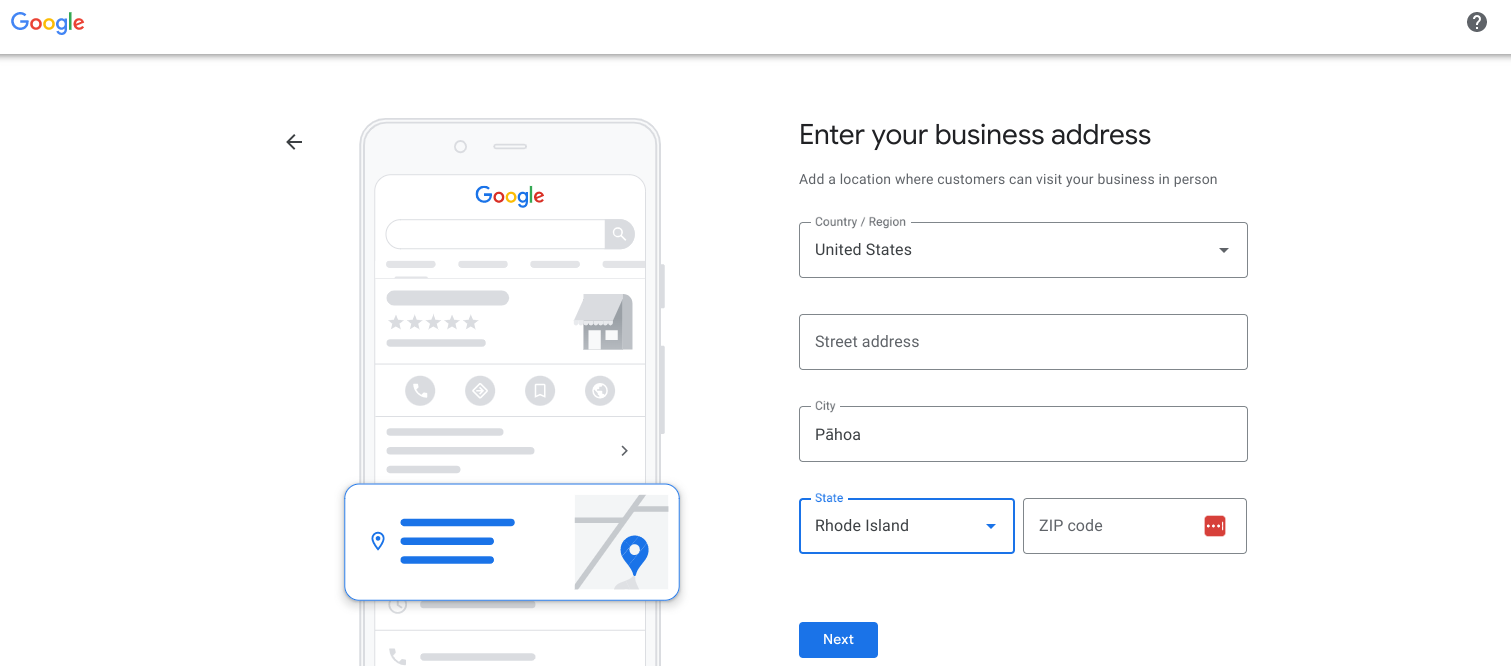
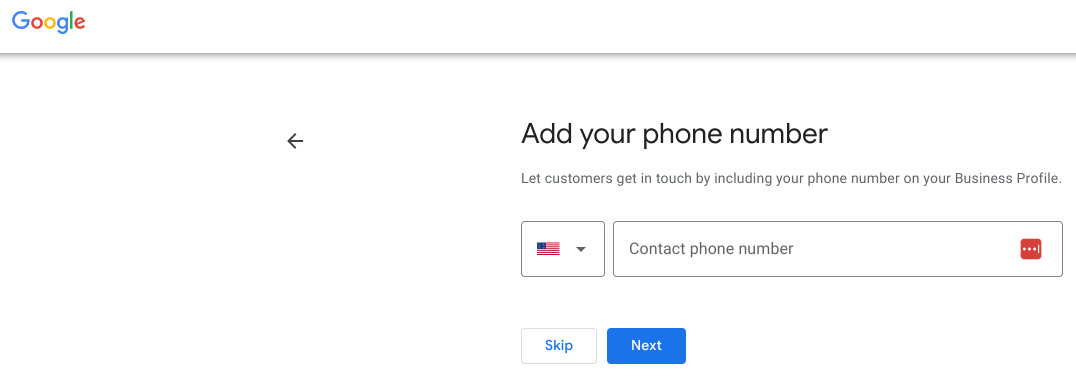
7. Verify Your Local Listing
So that people don’t go around creating businesses that don’t really exist (like I tried to do for this article), you must verify your business is real on the next page. You can choose between the phone number or email you entered at the beginning of the process.
You can update your business information along the way before verifying to make sure it’s ready for the public eye.

The best thing you can do here is to personalize your Google Business Profile as much as possible. This means creating a short description of the business (up to 2 sentences), adding your logo, images of the brick-and-mortar building and so on. You can add your own Q&A section, offer online bookings and even advertise through this feature.
Tracking and Hitting the Mark
Once your Profile is set up and running, you can track certain metrics and set KPIs for improving your business’ online presence. Be sure to track these metrics to understand where a customer may be falling off and choosing another competitor, or which pieces of information are the most helpful toward moving them further down the funnel.
Some points to keep an eye on:
- Average click-through rate (CTR): How many times someone clicked on your profile compared to others on the list.
- Impressions: How many times your business and description popped up for others to see.
- Average position: Where your business sits among the others with that keyword.
How to Optimize Your Google Business Profile
1. Respond to FAQ with Automated Answers
Google’s Business Messages allows you to create up to ten concise FAQs with a 40-character limit per question and answers within a 500-character limit. Additionally, you can include links in your FAQ answers to direct customers to relevant resources on your site. Implementing FAQs and automated responses through Google’s Business Messages helps businesses efficiently manage inquiries, improve response times and optimize available resources.
2. Avoid Duplicated Content
Posting the same photo, video or text is now considered spam. Furthermore, Google encourages businesses to be cautious with their use of logos, as excessively placing logos on every photo may lead to issues. To adhere to the new guidelines, you should make sure that every post published on your Google Business Profile is unique. By maintaining uniqueness in your posts, you can avoid being flagged for spam and ensure compliance with Google’s content policies.
3. Include Keywords on Your Profile
To enhance your online presence, it is recommended to add terms in your profile that people commonly use when searching for your business. However, it’s important to include those keywords organically and avoid keyword stuffing or using irrelevant terms, as these practices can potentially harm your search ranking.
4. Post Content to Your Profile
By creating posts, you can share a variety of content such as announcements, offers, new or popular items in stock, or event details directly with your customers. These posts allow you to provide timely information and improve the overall customer experience. Just keep in mind that including your phone number on every post is considered “phone stuffing”. So, to avoid getting flagged for this, consider adding a “Call now” button to your posts.
5. Get Google Reviews
Google reviews are very important for your business, mainly for two reasons: firstly, consumers heavily rely on online reviews to make informed decisions when selecting local businesses; and secondly, reviews have the power to impact rankings in local search results. That’s why it is crucial to encourage your customers to leave reviews for your business. To make it easier for them, you can create a link and share it with your customers in your emails, chat, or receipts. Additionally, consider embedding Google reviews on your website to showcase positive feedback directly on your site, making it even more convenient for potential customers to see and trust your business.
Making an impression on customers can be as easy as setting up a Google Business Profile. Don’t let another customer Google search and not find you — start one today.





